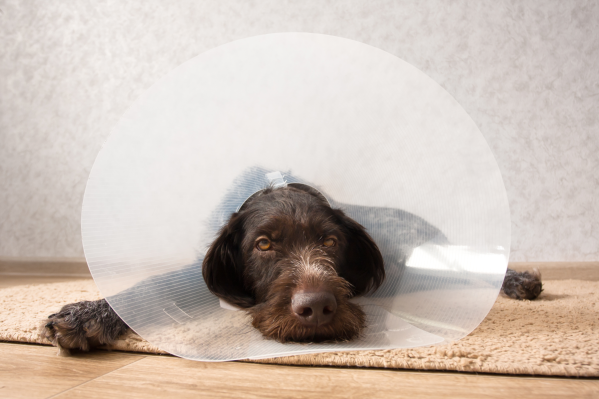Rabies is a fatal disease transmitted through bites or skin contact with infected saliva, and it poses a grave threat to both dogs and humans. If your dog contracts rabies, preventing them from biting others becomes an immediate concern to halt the spread. Unfortunately, there is no cure once a dog is infected. However, the good news is that vaccines exist to protect your furry companion from this disease.
Due to the public health risk, most states in the US legally require dogs to be vaccinated against rabies. Globally, around 59,000 people lose their lives to rabies each year. In 2020, domestic animals accounted for approximately 10% of positive cases, with dogs, cats, and cattle comprising 95% of those cases. Alarmingly, five human deaths occurred due to rabies infection, marking the highest number in the past decade.
To mitigate the risk of rabies for both ourselves and our pets, it is crucial to ensure our furry friends adhere to a proper rabies vaccine schedule. For more information on rabies in dogs and determining when your dog should be vaccinated, check out "NYC: Keep Up With Your Dog's Rabies Vaccine."
Signs of rabies in dogs
The diagnosis of rabies in dogs is devastating, as no cure exists. After exposure, an incubation period ranging from 10 days to over a year occurs. In most domestic animals, this period typically lasts from 2 weeks to 4 months. The speed at which the virus travels to the brain and spinal cord depends on factors like bite location, severity, and viral load.
Because there is nothing we can do to save a dog once they contract rabies, keeping an eye out for rabies symptoms and identifying them early won’t be enough to save your dog.
There are two forms of rabies in dogs, "furious" rabies and "dumb" rabies, both preceded by the prodromal phase where a dog's temperament and behavior change. A normally calm and quiet dog can become agitated and an active and outgoing dog may become very withdrawn and shy.
The more common form of rabies in dogs is dumb rabies. Following the prodromal phase, paralysis begins to affect the dog’s legs and face, and they have difficulty swallowing. Once the paralysis has set in, dogs will become comatose and ultimately pass away from violent seizures and paralysis of the diaphragm.
The furious phase is what most people associate with rabies. This is characterized by aggression and unusual eating habits, like consuming rocks, dirt, and items around the house. Similar to dumb rabies, this also results in paralysis and death. The furious phase does include hydrophobia (a fear of water), but only humans are subjected to this aspect of the virus.
It's important to note that rabies symptoms also overlap with symptoms of other diseases, so keep in mind that your dog may be sick with something else if they’re exhibiting any of these symptoms.
When to vaccinate your dog for rabies
Regarding vaccination timing, most states generally require a single dose of the rabies vaccine before six months of age. However, puppies can receive a single dose as early as 12 weeks old, with a revaccination after one year and subsequent boosters every one to three years in adulthood, as per local regulations.
Consult your veterinarian for the most up-to-date canine vaccination schedules and specific legal requirements in your area (you can also check out the most recent guidelines for canine vaccination schedules here, as well as specific legal requirements in your county here).
What to do if you think your dog has rabies
The recommendations for what to do if you think your dog has rabies varies depending on their vaccination status and whether you have access to the animal that bit your dog. A Pawp Professional is also here for you 24/7 if you need help sorting through the options. Here is a general overview of what you should do depending on your dog’s vaccination status.
If your dog is exhibiting signs of rabies but is up to date on their vaccines, it’s important to contact a veterinarian right away, as they may be sick with another disease that requires medical attention.
If your dog is not vaccinated and you think they have rabies, refrain from touching or approaching them and take precautions to prevent any biting incidents.
If you can’t approach your dog or another dog safely, contact animal control or your local public health authorities, who can safely handle the situation.
While rabies is a very serious disease, we can eliminate much worry and risk by ensuring our dogs are vaccinated. Additionally, keeping your dog up to date on the rabies vaccine reduces quarantine time in the event of encounters with unvaccinated domestic or wild animals. Schedule an appointment with your local veterinarian today if your dog isn't already vaccinated.
For further information on rabies cases in your area, consult your local county and state public health departments. Additional resources can be found at the following links:
http://www.nasphv.org/Documents/NASPHVRabiesCompendium.pdf
https://www.cdc.gov/rabies/index.html

Reviewed and fact-checked by
Mika, RVT at Pawp
